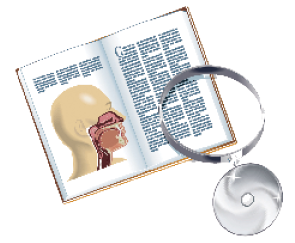 Background
Background
Over the last 28 years the surgical management of sleep disordered breathing (SDB) has undergone considerable evolution from isolated uvulopalatopharyngoplasty to multilevel soft tissue and facial skeletal airway reconstruction. Although controversy exists over the timing and grouping of procedures (single-stage multilevel surgery vs. a staged approach), it is generally agreed that multiple sites of the upper airway need to be addressed in attempts at surgical cure.
Explore This Issue
December 2012Traditional uvulopalatopharyngoplasty and its numerous variations have been widely reported with good efficacy at addressing soft palate obstruction. Surgical procedures to correct oropharyngeal and hypopharyngeal obstruction, however, comprise a more heterogeneous group and include volumetric tissue reduction, suspension techniques, both soft tissue and bony, and facial skeletal procedures. The role of hyoid procedures in the surgical management of SDB remains uncertain, as several reports have emerged questioning their potential benefit.
Best Practice
Based upon the available evidence, hyoid surgery achieves reasonable, if not widely variable, success (17 to 78 percent) when utilized as part of a multilevel surgical approach and when combined with other oro/hypopharyngeal procedures. There is no evidence to support the use of hyoid surgery alone in treating SDB. Despite there being a greater number of reports on hyoid suspension to the thyroid cartilage, there is insufficient evidence at this time to recommend one suspension technique over another. Pre-operative PSG is needed when the child has medical comorbidities, age <3 years or small tonsils and adenoids, and the physical findings do not correlate with the degree of airway obstruction. Read the full article in The Laryngoscope.
Leave a Reply